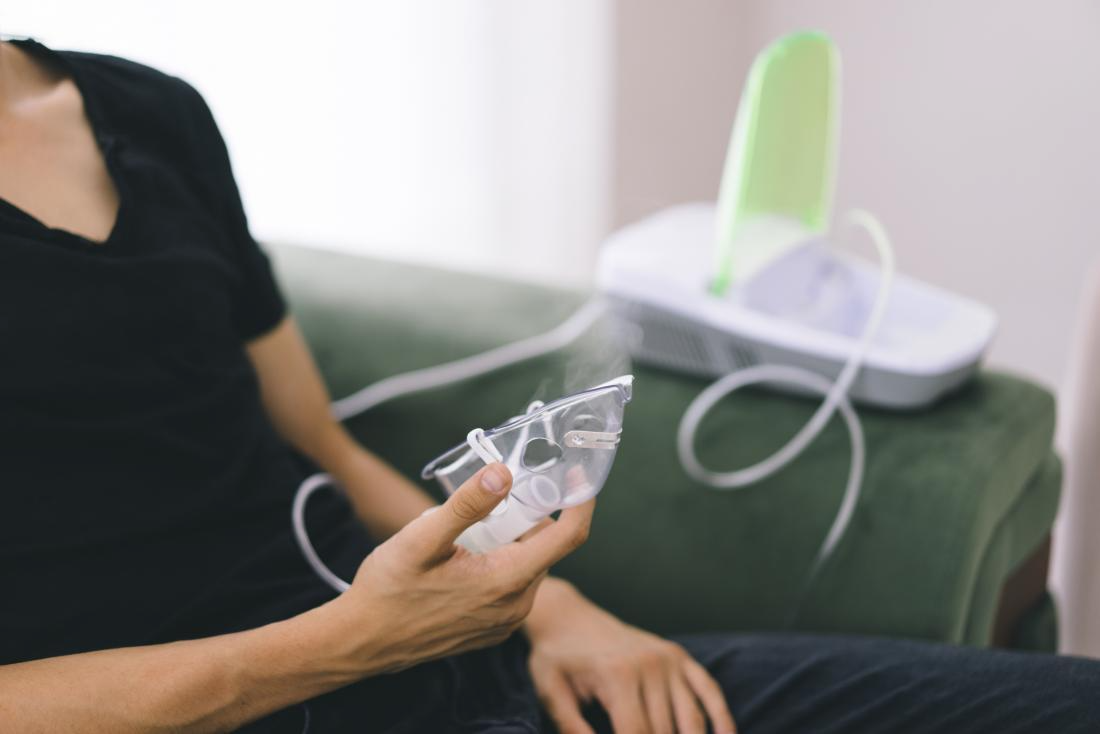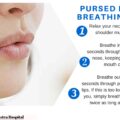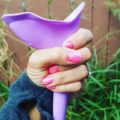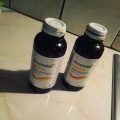In the vast landscape of medical advancements, few devices possess the transformative power to breathe life into weary lungs quite like nebulizers. These mystical instruments of healing have become a beacon of hope for individuals grappling with respiratory conditions, offering a respite from the suffocating grip of coughs, wheezes, and shortness of breath.
But what exactly are nebulizers? How do they work? Read on.
What is a Nebulizer?
A nebulizer machine is a medical device that is used to deliver medication directly into the lungs in the form of a fine mist. It is commonly used to treat respiratory conditions such as asthma, chronic obstructive pulmonary disease (COPD), and cystic fibrosis.
Nebulizers are designed to convert liquid medication into an aerosol mist that can be inhaled easily, reaching the airways and lungs for effective treatment. Below are some of its most common types:
Portable Nebulizer
Portable nebulizers are compact and lightweight devices that are designed for convenient use on-the-go. They are battery-operated or rechargeable, allowing individuals to carry them easily in a bag or pocket.
Portable nebulizers are especially beneficial for individuals who require frequent or emergency respiratory treatments outside of their home, enabling them to manage their condition effectively wherever they are.
Tabletop Nebulizer
A tabletop nebulizer, also known as home nebulizer, is larger device that are primarily used in a stationary setting, such as at home or in a medical facility. They are powered by electricity and provide a steady flow of medication for extended periods.
Tabletop nebulizers often come with additional features such as adjustable airflow, timers, and storage compartments for medication and accessories. These nebulizers are ideal for individuals who require regular respiratory therapy at a fixed location.
Nebulizer for Kids
Nebulizers designed specifically for children have features that make them more appealing and comfortable for young users. They often come with child-friendly designs, colorful masks, and accessories to make the treatment process more engaging and less intimidating for children. These nebulizers are designed to deliver medication effectively to a child’s respiratory system, ensuring that they receive the necessary treatment in a child-friendly manner.
7 Benefits of Nebulizers
Fast and Efficient Action
Nebulizers work swiftly to provide relief to individuals with respiratory issues. The device converts liquid medication into a fine mist that can be inhaled easily.
This mist reaches deep into the lungs, delivering medication directly to the affected areas, and providing fast relief from symptoms such as coughing, wheezing, and shortness of breath.
Minimal Side Effects
Compared to other forms of medication delivery, nebulizers have minimal side effects. Since the medication is inhaled directly into the lungs, it bypasses the digestive system, reducing the risk of gastrointestinal discomfort or systemic side effects.
This makes nebulizer treatments particularly suitable for individuals who are sensitive to oral medications or prone to experiencing adverse reactions.
Conservation of Medicine and Reduced Residual
Nebulizers are designed to maximize the utilization of medication. The mist generated by the device allows for efficient delivery of the drug to the respiratory system, ensuring that a greater proportion of the medication reaches the lungs compared to other delivery methods.
As a result, nebulizer treatments require smaller doses of medication, saving medicine and reducing wastage. Moreover, since the medication is delivered directly to the target area, there is less residual medication left in the device after each treatment.
Ease of Use and User-Friendly
Nebulizers are user-friendly devices that are easy to operate, making them suitable for individuals of all ages, including the elderly and children. The process involves placing the medication in the nebulizer cup, attaching the mouthpiece or mask, and activating the device.
The mist is then inhaled through the mouthpiece or mask, allowing the medication to reach the lungs effortlessly. Many nebulizers also come with features like adjustable airflow and easy-to-read instructions, further enhancing their user-friendliness.
Convenience and Portability
Nebulizers offer the advantage of convenience and portability. Compact and lightweight models are available, allowing individuals to carry them easily wherever they go.
This portability enables individuals to receive their breathing treatments at any location, whether at home, work, or during travel. With a nebulizer on hand, individuals can manage their respiratory condition effectively without being restricted by time or location.
Long-term Health Improvement as Preventive Medicine
Nebulizer breathing treatments can contribute to long-term health improvement, serving as a preventive medicine for individuals with chronic respiratory conditions such as asthma or COPD (chronic obstructive pulmonary disease).
Regular use of a nebulizer can help control symptoms, reduce the frequency and severity of flare-ups, and improve overall lung function. By maintaining consistent respiratory therapy, individuals can enhance their quality of life and minimize the risk of exacerbations.
Ideal for Infants and Small Children
Nebulizer treatments are particularly beneficial for infants and small children who may have difficulty using inhalers effectively. Young children often struggle with coordinating inhaler techniques, making it challenging to ensure the medication reaches their lungs.
A nebulizer for kids, with the use of child-friendly masks, provides a more straightforward and effective means of delivering medication to their developing respiratory system. This helps to manage respiratory conditions in children and ensures they receive the necessary treatment without added stress or complications.
Conclusion
Nebulizers have proven to be instrumental in the treatment of various respiratory conditions, including asthma, chronic obstructive pulmonary disease (COPD), cystic fibrosis, and other respiratory infections. They offer a non-invasive alternative to traditional inhalers, making them suitable for individuals with limited lung capacity or those who struggle with inhaler coordination.
In conclusion, nebulizers are invaluable medical devices that have significantly improved the quality of life for individuals with respiratory conditions. They offer a convenient and effective way to deliver medication directly into the lungs, providing quick relief and managing chronic respiratory symptoms. Nebulizers are particularly beneficial for children and older adults who may have difficulty using other inhalation devices.
The advancements in nebulizer technology have made them more efficient, portable, and user-friendly. The development of ultrasonic and mesh nebulizers has allowed for faster treatment times and reduced medication waste. Additionally, the availability of portable nebulizers has given patients the freedom to administer their medication wherever and whenever needed, improving their ability to manage their condition and maintain an active lifestyle.
Nebulizers have proven to be instrumental in the treatment of various respiratory conditions, including asthma, chronic obstructive pulmonary disease (COPD), cystic fibrosis, and other respiratory infections. They offer a non-invasive alternative to traditional inhalers, making them suitable for individuals with limited lung capacity or those who struggle with inhaler coordination.
Moreover, nebulizers have demonstrated their importance during public health crises, such as the COVID-19 pandemic. They have played a crucial role in delivering medications, including bronchodilators and corticosteroids, to patients experiencing respiratory distress caused by the virus. Nebulizers have provided relief and helped prevent the progression of severe symptoms, especially in cases where patients are unable to use other forms of medication delivery effectively.
As with any medical device, it is essential for patients to follow proper cleaning and maintenance procedures to ensure the effectiveness and longevity of their nebulizer. Regular maintenance, including cleaning and replacing parts as recommended by healthcare professionals, is crucial to prevent bacterial growth and ensure optimal performance.






